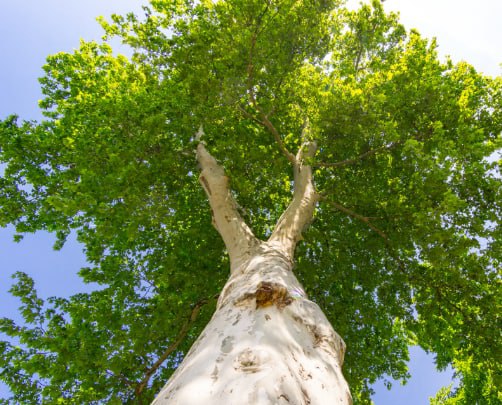
Introduction: Maintaining well-kept and healthy hedges involves more than just occasional trimming. The frequency of your hedge cuts depends on various factors, including the hedge type, its growth rate, and the desired outcome. In this insightful blog post, brought to you by Sittingbourne Tree Surgery, we’ll delve into the art of hedge-cutting frequency, exploring how to tailor your trimming schedule to different hedge types for optimal growth, beauty, and vitality.
- Evergreen Hedges: Consistency for Perennial Charm
Growth Pattern: Evergreen hedges retain their foliage year-round, which means they have a consistent growth pattern.
Recommended Frequency: Trim evergreen hedges two to three times a year.
When to Trim: Early spring, early summer, and late summer/early fall are ideal times for trimming evergreen hedges.
Reasoning: Regular trimming ensures that evergreens maintain their desired shape and density. Trimming multiple times a year prevents excessive growth that could lead to losing shape.
- Deciduous Hedges: Dormancy and Renewal
Growth Pattern: Deciduous hedges lose their leaves during the winter and experience dormancy periods.
Recommended Frequency: Trim deciduous hedges two to three times a year.
When to Trim: Prune deciduous hedges during their dormant season, typically in late winter or early spring before new growth emerges. A follow-up trim can be done in early summer.
Reasoning: Trimming during dormancy promotes vigorous spring growth. A second trim in early summer maintains shape and density without sacrificing growth potential.
- Flowering Hedges: Post-Bloom Pruning
Growth Pattern: Flowering hedges produce blossoms that enhance beauty and attract pollinators.
Recommended Frequency: Trim flowering hedges after their flowering period.
When to Trim: Prune immediately after flowering to prevent cutting off next season’s flower buds.
Reasoning: Trimming right after flowering allows the hedge to allocate energy to producing new buds for the next blooming season.
- Fast-Growing Hedges: Frequent TLC
Growth Pattern: Fast-growing hedges can quickly become overgrown if not appropriately managed.
Recommended Frequency: Trim fast-growing hedges three to four times a year.
When to Trim: Follow a similar schedule to evergreen hedges, trimming in early spring, early summer, and late summer/early fall.
Reasoning: Frequent trims prevent fast-growing hedges from becoming unruly and help maintain their desired height and shape.
- Slow-Growing Hedges: Patient Pruning
Growth Pattern: Slow-growing hedges require less frequent trimming due to their gradual growth rate.
Recommended Frequency: Trim slow-growing hedges one to two times a year.
When to Trim: Opt for one trim during the growing season, typically in early summer, and consider a second trim if necessary.
Reasoning: Slow-growing hedges need less intervention, but regular trimming still helps maintain their shape and health.
Conclusion: Tailoring your hedge-cutting frequency to different hedge types is essential for achieving healthy, well-shaped, and visually appealing hedges. Understanding each hedge type’s growth patterns and specific needs empowers you to create a trimming schedule that promotes optimal growth, aesthetics, and vitality. The experts at Sittingbourne Tree Surgery can guide you in developing a customised hedge-cutting plan that ensures your hedges thrive year after year, contributing to the beauty and charm of your outdoor space.
Call us on: 01795 718990
Click here to find out more about Sittingbourne Tree Surgery
Click here to complete our contact form and see how we can help with your tree’s needs.